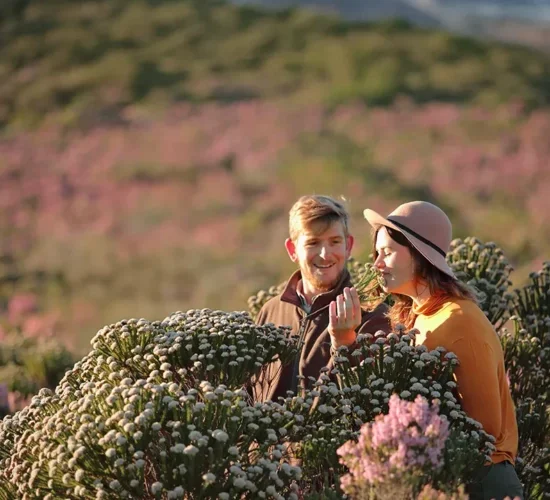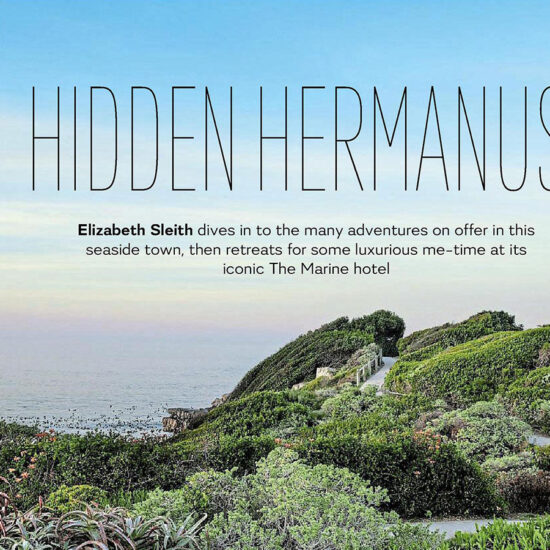History Of The Area
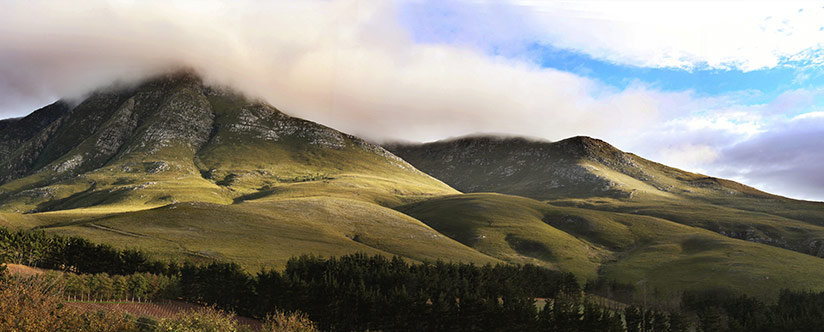 During the municipal demarcation process in 2000, the four diverse municipalities of Gansbaai, Stanford, Greater Hermanus and Hangklip-Kleinmond, each with its own character, were united and suddenly share a destiny.
During the municipal demarcation process in 2000, the four diverse municipalities of Gansbaai, Stanford, Greater Hermanus and Hangklip-Kleinmond, each with its own character, were united and suddenly share a destiny.
Despite its proximity to Cape Town, the area has remained isolated for many years.
Topography played a role in this isolation because the rugged Hottentots-Holland Mountain range inhibited the expansion of European settlement around the coast.
In fact the Kogelberg area became the stronghold of outlaws – or “drosters” – and the remnants of Khoisan tribes for almost two centuries. They lived mainly from the sea, collecting shellfish and trapping fish, but hunting was also possible.
William Paterson, who travelled the region between Somerset West and Bot River in 1771, gave account of wild life such as zebra, bontebok, buffalo, eland and even hyena.
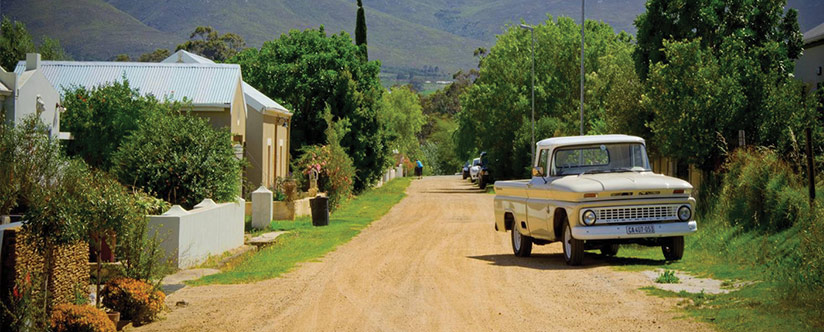
However, man’s roots in this area go back even further. At De Kelders, the only fresh water caves on the coast of Africa, archeological digs uncovered artefacts of a civilisation dating back 80 000 years ago. At Hangklip stone hand-axes from the Neanderthal era about 20 000 years ago have been unearthed.
The rugged coastline and rough seas discouraged exploration by seafarers in the early days. On the contrary many shipwrecks occurred here, including that of the legendary HMS Birkenhead,which sank at Danger Point in 1852.
So it was up to farmers looking for grazing to open up routes mainly from Caledon to the coastline. In 1729 Juriaan Appel came upon a wide, fertile plain stretching to the sea at the South-eastern foot of the Akkedisberg. He successfully applied for grazing rights and laid the foundation for the later development of Stanford.
Andries Grove obtained grazing rights in 1739 in the Betty’s Bay area. Hermanus Pieters followed an elephant path down to the sea and came upon a fresh water spring where he could camp with his livestock, and the place became known as Hermanuspietersfontein, later shortened to Hermanus.
Small fishing communities established themselves by the middle of the nineteenth century at Jongensklip (Kleinmond), Hawston, Hermanus and Gansbaai. At Betty’s Bay a whaling station was established in 1913, but this industry struggled and was finally closed by 1930.
At about the same time in the 1860’s some places in the area became favourite holiday spots for surrounding farmers. The demand for holiday places was recognised by entrepreneurs such as the Kaplan brother’s, who bought a portion of the Lamloch Farm in 1910 to lay out the present town of Kleinmond. A consortium consisting of Arthur Youlden, Jack Clarence and Harold Porter bought the Hangklip farm in the 1930’s and established the townships of Rooiels, Pringle Bay and Betty’s Bay.
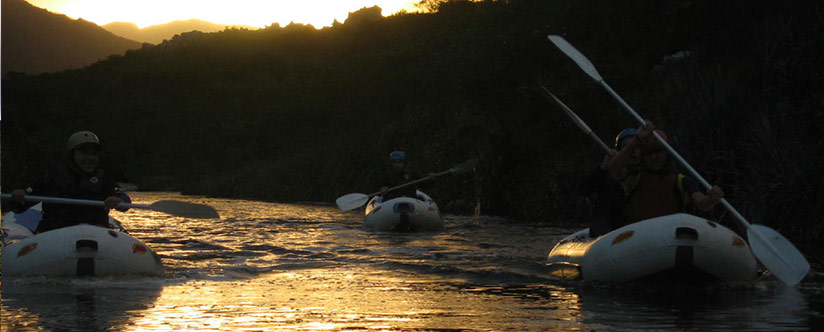
Hermanus and Stanford were both establish in the 1850’s but Stanford was initially the more vibrant town, serving a large farming community. When its mill had to close down in the 1940’s it unfortunately stagnated.
Hermanus earned fame abroad as a holiday destination as early as the turn of the century. Because of its beauty, healing air and excellent fishing, it became fashionable in London to prescribe a visit to the ‘champagne air’ of Hermanus for convalescents.
One of the first regular visitors to Hermanus was Sir William Hoy, general manager of the South Africa Railways. He tried to safegaurd Hermanus from over-exploitation by blocking any attempt to extend the railway line to the village.
However, this strategy almost lead to the downfall of the town. In the 1980’s tourism declined so much that two hotels had to close down and it called for a special effort by a new generation of entrepreneurs and business people to revive the town as the capital for land based whale watching.
In the late nineties shark seeing trips at Gansbaai added another tourist attraction and quickly developed into a 7 figure industry.
With the political changes in the nineties two new developments affected the areas growth: the black population expanded considerably when the so-called influx control was discontinued, contributing towards the labour market and opening up new markets; and many former white civil servants who took packages settled in the area, starting businesses to make a new way of living.
- IncludedHistory Of The Area
- Not IncludedNatureRelaxationHobbyEnthusiastsFamily-fun

